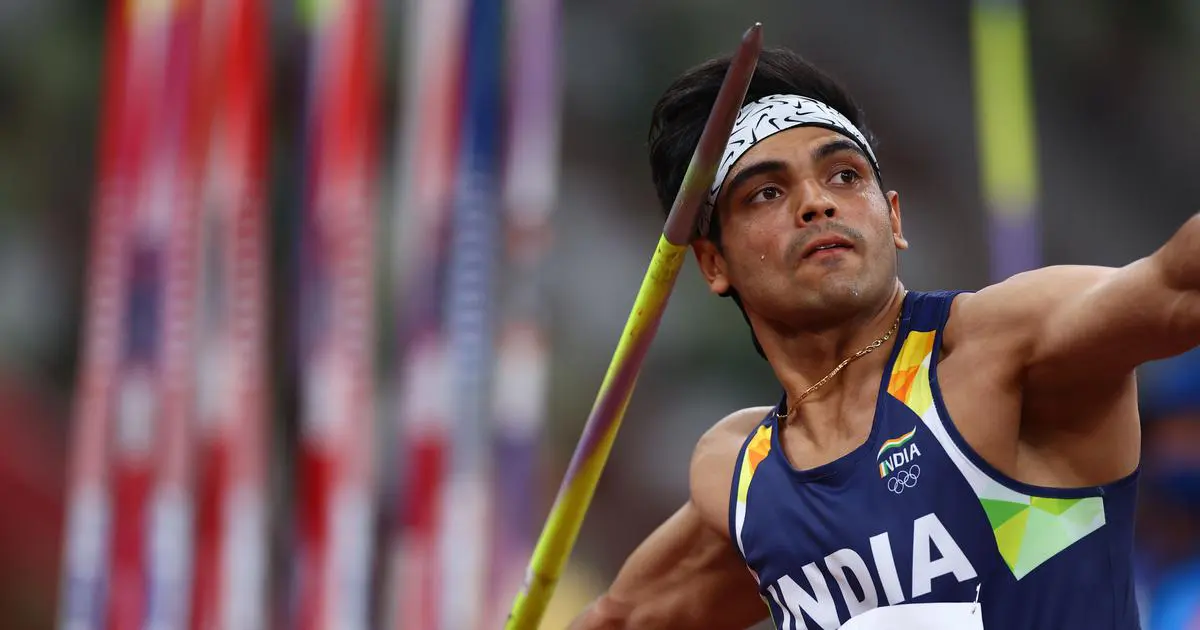
The javelin throw is one of the oldest athletic sports disciplines, with a rich history dating back to ancient civilizations. Combining strength, technique, and speed, the sport requires athletes to throw a spear-like object called a “javelin” as far as possible. It is a recognized Olympic event, popular worldwide, with both men and women competing. In this comprehensive guide, we’ll explore the history of javelin throw, its evolution, world records, notable players, and the techniques that define the sport.
1. History of Javelin Throw
The origins of the javelin throw trace back to ancient times when it was primarily used for hunting and warfare. It was an essential survival skill in early human history, long before it became a competitive sport.
Ancient Greece and the Olympic Games
The first recorded use of javelin as a sport dates back to ancient Greece, where it was part of the Pentathlon during the ancient Olympic Games. Athletes competed in five events: running, jumping, discus throw, wrestling, and javelin throw. The Greeks valued the javelin throw for its resemblance to military skills, as throwing spears was integral to warfare.
In the ancient Olympics, javelin throw had two categories:
- The “ekebolon”: The athlete aimed for distance, similar to today’s javelin competitions.
- The “stochastikon”: The javelin was thrown at a fixed target, focusing on precision.
The ancient javelins were made of wood, and while the event’s structure has evolved over centuries, the sport has remained a testament to human agility and strength.
Javelin Throw in Modern Olympics
The javelin throw officially entered the modern Olympic Games for men in 1908 (London Olympics), and for women in 1932 (Los Angeles Olympics). Since its inclusion, it has become a staple in major athletic events, including the World Championships and Diamond League. Over the years, advancements in equipment, techniques, and training have led to the incredible performances seen in modern competitions.
2. The Evolution of Javelin Equipment
The javelin has undergone significant changes since its ancient form. Initially, it was a simple wooden spear. Modern javelins, however, are highly specialized tools designed for aerodynamics, balance, and performance.
Materials
Modern javelins are made of a combination of materials:
- Aluminum or steel shafts for strength.
- Fiberglass and carbon fiber for added flexibility and reduced weight.
The javelin is usually around 2.5 to 2.7 meters in length for men and 2.2 to 2.3 meters for women, with the total weight being 800 grams for men and 600 grams for women.
Aerodynamics
The javelin’s design has been fine-tuned to allow for optimal flight patterns, minimizing drag and allowing athletes to throw further. The center of gravity is crucial in a javelin’s flight, and javelins are often designed with a forward center of gravity, which helps the spear stabilize and prevents dangerous errant throws.
Changes in Rules
In the 1980s, the International Association of Athletics Federations (IAAF) made significant changes to the javelin’s design due to the increasing distances achieved by throwers. These record distances created safety concerns as some throws nearly reached the stands. In 1986, the IAAF altered the javelin’s center of gravity, moving it forward, which reduced flight distance but made throws safer by ensuring they landed tip-first.
3. Techniques in Javelin Throw
Mastering the javelin throw requires a combination of physical strength, speed, and precise technique. The sport consists of several stages, each crucial to achieving the maximum distance.
1. Grip
There are three primary grips used in javelin throw:
- Finnish grip: The athlete wraps the index finger around the javelin’s shaft while the thumb rests behind the binding.
- American grip: Similar to the Finnish grip, but the athlete places the thumb behind the grip and fingers on top.
- Fork grip: The index and middle fingers are placed behind the binding while the thumb supports from underneath.
2. Approach
The approach is a key component of a successful throw. Athletes usually take a 10-15 meter running start to gain momentum. This phase is crucial for generating speed and setting up for the delivery.
3. Throwing Stance
At the end of the approach, the athlete plants their feet, with the right foot (for right-handed throwers) serving as the base for the launch. The javelin is drawn back, and the body rotates to create the necessary torque for release.
4. Release
The javelin is launched with an overhand throw, propelled by the athlete’s arm, shoulder, and body momentum. The angle of release is critical – typically between 30 to 36 degrees – to ensure maximum flight distance.
5. Follow-through
A smooth follow-through helps control the throw and prevents fouls. After the release, the thrower’s body continues moving forward without crossing the foul line.
4. World Records in Javelin Throw
Several athletes have made their mark in the javelin throw, setting impressive world records.
Men’s Javelin World Records
The current men’s world record is held by Jan Železný of the Czech Republic, who threw a staggering 98.48 meters in 1996. Železný is considered one of the greatest javelin throwers in history, with multiple Olympic and World Championship titles.
Women’s Javelin World Records
The women’s world record is held by Barbora Špotáková, also from the Czech Republic, who threw 72.28 meters in 2008. Špotáková, like Železný, has multiple Olympic and World Championship gold medals to her name.
Other Notable Performances
Other athletes who have achieved remarkable success in javelin throw include:
- Andreas Thorkildsen (Norway): A two-time Olympic gold medalist and former world champion.
- Johannes Vetter (Germany): Known for consistently throwing over 90 meters, Vetter is one of the top contenders in recent years.
- Sara Kolak (Croatia): The 2016 Olympic champion, known for her rapid rise in the sport.
5. Javelin Throw in Major Competitions
The javelin throw is a part of many prestigious international competitions. Let’s look at some of the major events:
1. Olympic Games
The javelin throw has been an Olympic event since 1908 for men and 1932 for women. It remains one of the highlights of the athletics program.
2. World Championships
The World Athletics Championships include the javelin throw, with athletes from around the globe competing for the coveted title.
3. Diamond League
The javelin throw is also a key event in the IAAF Diamond League, where top athletes compete in a series of meets around the world.
6. Training and Conditioning for Javelin Throw
Javelin throwers require a specific training regimen that focuses on both strength and technique. Key areas of focus include:
1. Strength Training
Upper body strength is essential for generating the power needed for a successful throw. Athletes engage in weightlifting exercises such as:
- Shoulder presses
- Bench presses
- Pull-ups
- Core strengthening
2. Speed Training
Speed is crucial in the approach run, so sprinters’ drills and agility exercises are common in javelin throw training programs.
3. Flexibility and Mobility
Maintaining flexibility is vital for javelin throwers to prevent injuries and allow for a greater range of motion during the throw. Stretching routines, yoga, and Pilates are often incorporated.
4. Technique Drills
Javelin throwers practice their form and technique regularly, working on everything from the grip to the release to refine their throws and ensure accuracy.
7. Notable Javelin Throwers in History
Several athletes have left an indelible mark on the history of javelin throw:
- Jan Železný (Czech Republic): Widely considered the greatest javelin thrower of all time, Železný’s world record of 98.48 meters still stands today.
- Barbora Špotáková (Czech Republic): The two-time Olympic gold medalist and current women’s world record holder.
- Andreas Thorkildsen (Norway): Olympic gold medalist in 2004 and 2008, known for his consistency and technique.
- Johannes Vetter (Germany): One of the top javelin throwers of the modern era, consistently throwing over 90 meters.
Conclusion
The javelin throw, with its deep historical roots and modern-day athletic prowess, continues to captivate audiences worldwide. The combination of speed, strength, and technique required to master the event makes it one of the most challenging and rewarding in athletics. From the ancient Greeks to the modern Olympic Games, the javelin throw remains a symbol of human skill and endurance.





